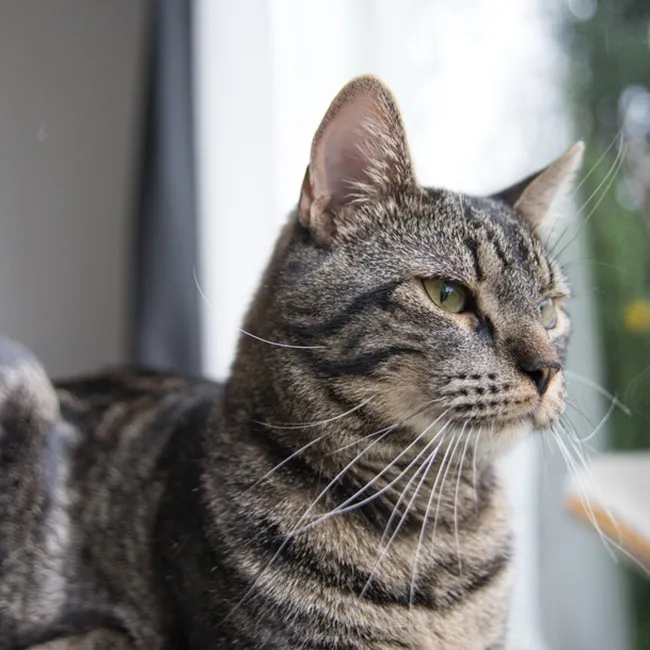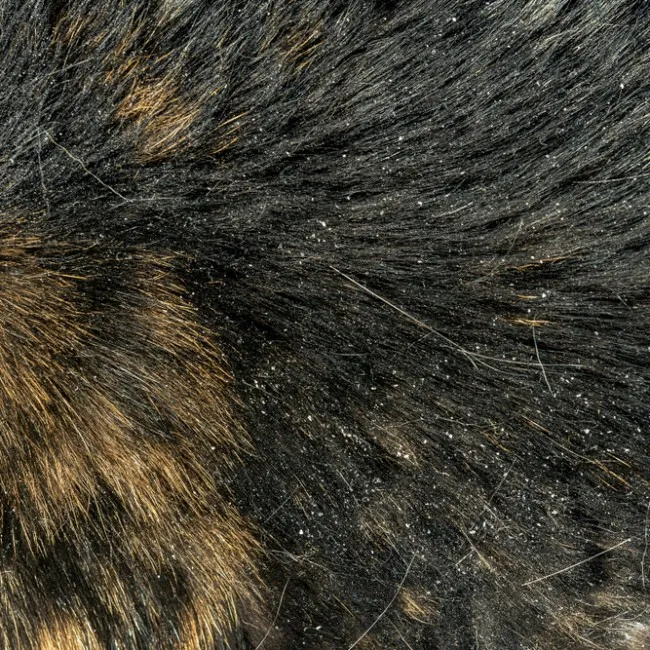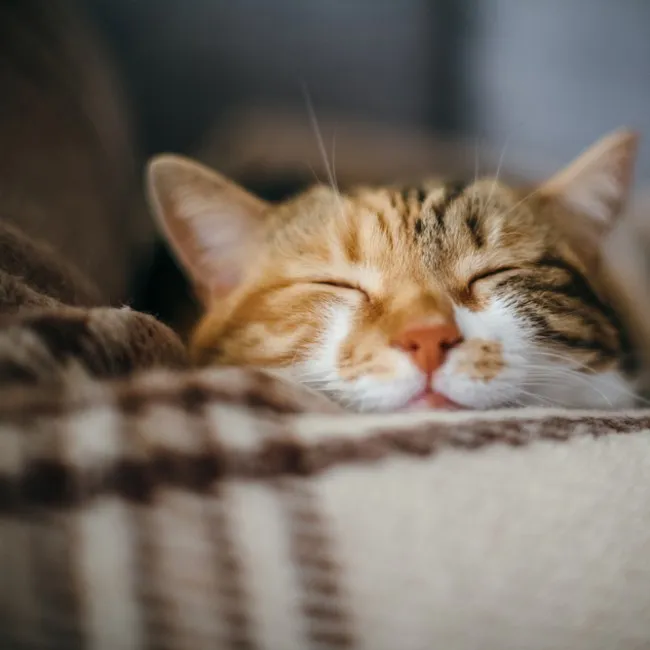BONE & JOINT HEALTH
Hip Dysplasia In Cats
Hips. Can't live without them, though they often don't like living with us either. It's also been categorically proven that hips, in fact, don't lie. Sadly, as we age, our hips are often one of the parts that suffer. They work incredibly hard to keep us mobile throughout our lives, so it makes sense they tend to get worn down. It's the same for cats, too. Most cats are more active than your average human; jumping, frolicking and running around like mad on a daily basis. So their hips play a vital role in their happiness and healthiness. However, some cats can suffer from a condition called hip dysplasia. But what is hip dysplasia in cats, what causes it, and how can it be treated? Let's find out.
What is hip dysplasia in cats?
A normal hip consists of a smooth, rounded ball at the top of the thigh bone, that slots comfortably into the socket on each side of the lower pelvis. This ensures our legs can move smoothly and pain-free. Hip dysplasia is a degenerative disease that causes the ball and socket joint to become malformed. This malformation restricts movement, causes pain and stiffness, and can wear away the cartilage that separates the bone and ball and socket. This can make an already painful condition even worse.
What causes hip dysplasia in cats?
Unfortunately for your feline friend, hip dysplasia is a hereditary condition. That means it's passed down from their parents. Therefore, it's something that can't be avoided. That's not to say that every cat with hip dysplasia in the family will suffer from the disease. It simply means they have a chance of developing it.
This often happens later in life. In fact, when the condition is in its infancy, you might not even realise it's an issue. Cats are very good at hiding pain and discomfort from their owners. While this is admirable on their part, it also means they could be living with a condition that's affecting them long before you ever realise. So, you'll want to know what to look out for.
What are the signs of hip dysplasia in cats?
As it's a condition that gets gradually worse as your cat ages, keep an eye out for any limping that gets worse. They might move with a stiffness unlike their usual range of motion, and have trouble hopping about. Their mood might drop, and their willingness to exercise might go with it. They could even begin to lose muscle mass in their back legs.
How do you treat hip dysplasia in cats?
If you suspect your cat is suffering from hip dysplasia, take them for a check-up. You should be doing this every six months anyway, so hopefully, the vet would have diagnosed the condition before you do. But, that won't always be the case, so don't worry if it's not caught early.
Treatment will likely start small, with recommendations for diet alterations to help slow the disease. You can also expect to be prescribed special cat medications to help with the pain. You could also try supplementing their diet with Hip & Joint Complex, which is designed to target joint maintenance and mobility. They're a tasty chicken flavour, which is perfect for your feline.
If slowing the disease doesn't work, or if your vet thinks it's already gone too far, then they might discuss surgery as an option. This could be by either removing the deformed ball and letting muscle naturally grow back in its place, or to have the hip completely replaced. Yes, even cats can have hip replacement these days. What a world we live in!
Whichever way you go, be sure to talk it over with your vet, so you know all about the pros and cons of each approach. And if surgery is best, make sure you shower your kitty with hugs, attention and a healthy dose of treats until they recover. The good news is that, in most cases, they'll be back to their best in no time at all.
And that's everything you need to know about hip dysplasia in cats! Just remember, if your cat is diagnosed, don't worry. You have every reason to believe they'll get through it and be better than ever.






